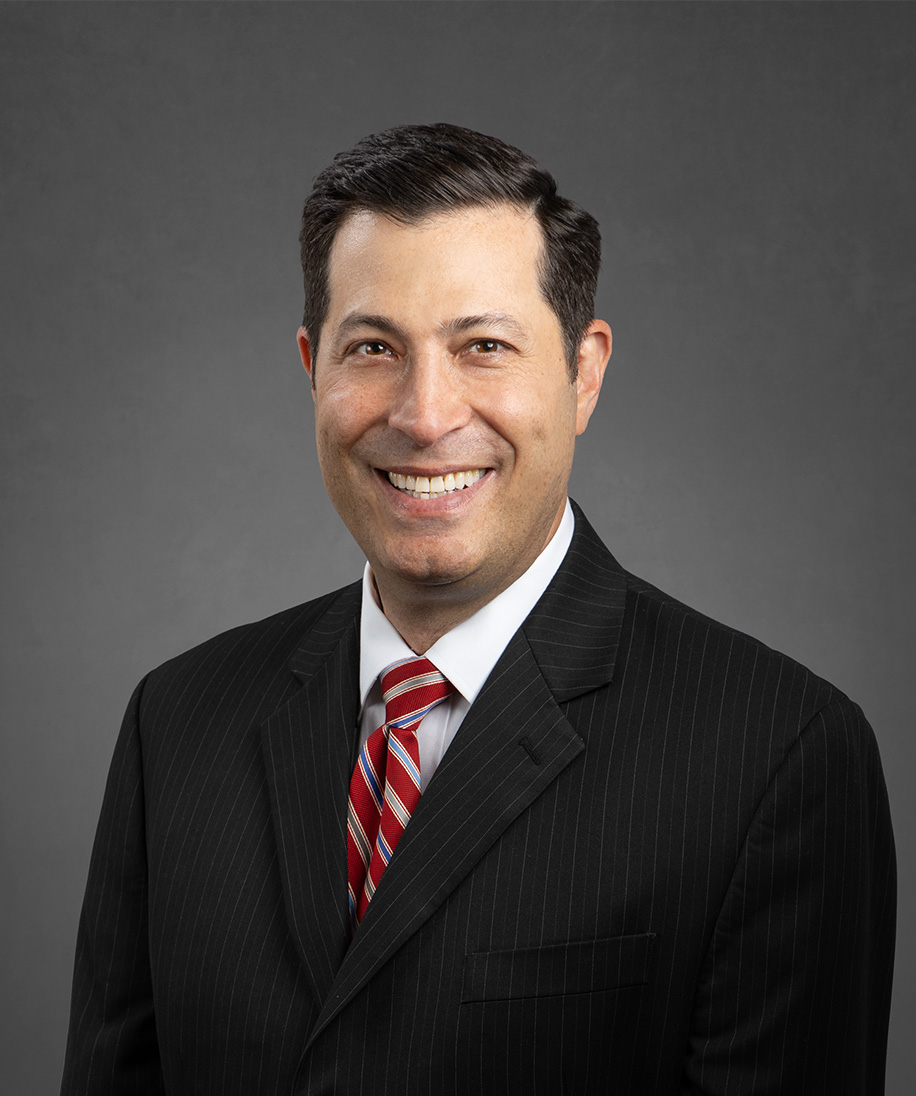Client Alert
Protecting Trade Secrets During the Pandemic
April 24, 2020
As more employees are furloughed and laid-off during the COVID-19 pandemic, now is the ideal time to update your trade secret protection program. After all, taking company information is easy for an insider: forward emails to a personal account, copy files from a company laptop to a USB drive, or use a smart phone to scan paper documents.
So how often does this happen? The Ponemon Institute surveyed nearly 1,000 Americans who left an employer during the 2007-08 financial crisis. The survey found that 59% took company data, 67% admitted to using their former employer’s confidential data to find a new job, and 68% intended to use company information on a new job. The current risks are much greater because entire workforces have transitioned to working from home.
What Employers Can Do About It: Effective Off-Boarding
As discussed in our April 10, 2020 Client Alert, there are a number of measures companies can take to reduce the risk that discharged employees will retain trade secrets. One of the most important aspects of a successful trade secret program is the exit interview. However, because of the pandemic, employers are facing unique challenges in conducting exit interviews remotely. Further complicating matters, employers may be forced to off-board many employees at once. It is critical to develop a simple and effective plan. Consider the following steps, easily remembered with the acronym P.A.I.D.
Prepare. Prior to the videoconference exit interview, identify which agreements are in place with the particular employee. If the employee executed a restrictive covenant agreement (such as a non-compete), review it during the exit interview and provide an electronic copy. Even when employees have no formal agreement, remind them of their obligations under laws such as the state Uniform Trade Secrets Act and the federal Defend Trade Secrets Act. Prepare an Exit Certification, which the employee must sign electronically, stating that he or she has returned all company information, documents, and other property.
Ask. Confirm the employee’s contact information and ask about his or her future plans, including the name of any new employer and the types of projects he or she will be handling. It may be necessary to send a reminder letter to the employee regarding his or her confidentiality obligations, or a cease and desist letter to the new employer.
Inventory. Take an inventory of any company property or information – physical and electronic – that the employee took off-site. During the exit interview, officially confirm this inventory with the employee and establish a plan for the return or destruction of company information. Send the employee pre-paid or flat rate shipping boxes or engage a courier service. Work with a computer forensic specialist to determine how to locate and permanently delete electronically saved information.
Disable. Immediately cut off the employee’s access. While IT departments have grown in sophistication in the last decade, an amazing 24% of workers in the Ponemon survey said that they still had access to the company’s computer network after leaving. Of that group, 20% still had network access over one week after their employment ended.
Finally, keep clear records. If an employee is dishonest during the off-boarding process, the company may be more successful when seeking an injunction. For example, in states that recognize the inevitable disclosure doctrine, some courts are more willing to restrain an ex-employee when they are not trustworthy.
Special Considerations for Furloughed Employees
Because furloughed personnel are technically still employees of the company, they present unique circumstances with respect to trade secrets and confidential information. However, companies should still implement an off-boarding process for furloughed employees. At a minimum, furloughed employees should (1) be required to return confidential information and trade secret materials to the company; and (2) no longer have access to company systems. Executing these steps in advance will reduce the likelihood that furloughed employees improperly use confidential information during their furlough period – such as leveraging the material to obtain another job.
Review Applicable State Laws to Assess Enforceability of Covenants Not to Compete
Finally, as many employers make the tough decision to reduce the size of their workforce, this is a good time to revisit the enforceability of their restrictive covenant agreements. The United States has a patchwork of state laws that vary considerably in how and when they enforce restrictive covenants. Adding to the confusion, many states are passing new legislation governing non-compete agreements, including two during the pandemic: Virginia and Indiana. What does this mean for employers now? Do not automatically assume that your restrictive covenants prevent employees from working at competitors following a reduction in force, layoff, or position elimination. Rather, employers should consult with counsel to discuss the law in the states where they operate.
Contributors





